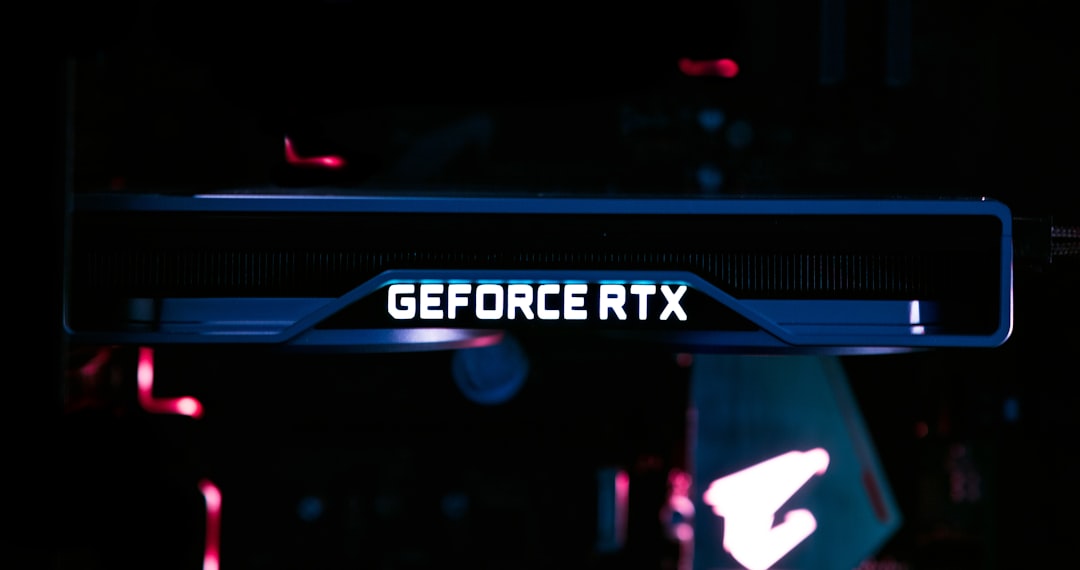The release of new graphics cards in NVIDIA’s RTX 50-series lineup has sparked considerable attention among gamers, content creators, and PC enthusiasts. Among the most discussed upcoming GPUs are the RTX 5070 and the RTX 5060 Ti 16GB. Both are positioned to offer powerful performance at different price points, but how do they compare on paper, and what can we expect in real-world scenarios?
TL;DR
The RTX 5070 is expected to deliver significantly higher raw performance thanks to a more powerful GPU core and faster memory compared to the RTX 5060 Ti 16GB. However, the latter will shine in memory-intensive tasks due to its large VRAM buffer. Gamers looking for sheer frame rates and ray tracing should consider the 5070, while creators and users with high-resolution workflows might find value in the 5060 Ti 16GB. Ultimately, the choice depends on use case and future-proofing priorities.
Expected Specifications: RTX 5070 vs RTX 5060 Ti 16GB
Let’s begin by breaking down the expected specifications of both graphics cards. While NVIDIA hasn’t formally launched all models as of this writing, multiple leaks and industry reports paint a reliable picture.
- RTX 5070 (Expected):
- GPU Architecture: Ada Lovelace Refresh or early Blackwell
- CUDA Cores: ~7680
- Memory: 12GB GDDR7
- Memory Bus: 192-bit
- Clock Speed: ~2.6 GHz Boost
- Power Draw (TDP): ~220W
- RTX 5060 Ti 16GB (Expected):
- GPU Architecture: Ada Lovelace
- CUDA Cores: ~5120
- Memory: 16GB GDDR6
- Memory Bus: 128-bit
- Clock Speed: ~2.4 GHz Boost
- Power Draw (TDP): ~165W
Performance Expectations
Given the expected hardware specifications, we can anticipate key differences in performance. The RTX 5070 is likely to offer 25–35% higher rasterization and ray tracing performance than the 5060 Ti 16GB, making it the better card for high-refresh-rate gaming at 1440p and even playable frame rates at 4K.
Meanwhile, the RTX 5060 Ti 16GB will appeal to those who prioritize memory bandwidth and capacity for specific workloads, such as editing large video files, machine learning datasets, or using certain legacy software that benefits from more VRAM.

Ray Tracing and DLSS
Both cards will support NVIDIA’s latest version of DLSS (Deep Learning Super Sampling) and RTX ray tracing features. With DLSS 3.5 entering the scene, frame generation and AI upscaling will play a vital role in performance evaluation. The RTX 5070, due to its stronger AI tensor cores and higher CUDA count, is expected to handle DLSS-related workloads more effectively, delivering smoother visuals especially in ray-traced environments such as Cyberpunk 2077, Alan Wake 2, and Portal RTX.
VRAM Difference – Use Case Impact
A major talking point is the 5060 Ti’s 16GB of VRAM—a luxury at its price point. This makes it attractive for gamers who play texture-intensive games at ultra settings, and for professionals running photo and video editing software like Adobe Premiere, DaVinci Resolve, or Blender. On the other hand, although the RTX 5070 features only 12GB of VRAM, the GDDR7 memory and wider bus result in significantly higher memory bandwidth, giving it better general performance in gaming and mixed workloads.
Resolutions and Target Audience
Here’s where each card truly differentiates:
- RTX 5070: Best suited for:
- 1440p ultra or 4K medium gaming
- Enthusiast gamers looking for longevity
- Shaders-heavy applications and ray tracing-centric performance
- RTX 5060 Ti 16GB: Best suited for:
- 1080p ultra and 1440p medium gaming
- Content creators requiring more VRAM
- Budget-conscious buyers looking for balanced performance

Pricing and Market Positioning
While no exact pricing has been confirmed, estimates suggest the RTX 5070 might release with an MSRP between $549-$599. The RTX 5060 Ti 16GB is expected to be more affordable, likely around $399–$429. This pricing gap reflects their target demographics—one being a mainstream enthusiast GPU and the other a high-end budget option with a specific niche in memory-hungry use cases.
It is expected that the 5070 will replace the ever-popular RTX 3070 and bridge the gap toward the 4080 tier, while the 5060 Ti 16GB is meant to succeed the 3060 Ti and provide better value per dollar for mid-range buyers.
Thermals and Efficiency
One of the improvements with the Ada Lovelace architecture and possible Blackwell hybrid in the RTX 5070 is in power efficiency. Despite the higher performance, the 5070 will reportedly maintain reasonable temperatures and lower watt-per-performance ratios than previous generations.
On the other hand, the 5060 Ti 16GB will be significantly more energy-efficient with a lower power draw, making it an excellent choice for small form factor builds, compact workstations, or eco-conscious users trying to build energy-saving systems.
Feature Support and Connectivity
Both GPUs will support the new DisplayPort 2.1 standards, HDMI 2.1, and PCIe 4.0 (if not PCIe 5.0 on the 5070). NVIDIA’s Reflex, G-Sync, and Broadcast Suite will naturally be available, allowing streamers and competitive gamers to take full advantage of low-latency, high-fidelity experiences. The 5070 might also come with more advanced AV1 encode/decode modules which are beneficial for streaming and content creation workflows.
Which One Should You Choose?
Choosing between the RTX 5070 and the RTX 5060 Ti 16GB ultimately comes down to what you value more: performance or memory?
Pick the RTX 5070 if:
- You play modern AAA games at high resolutions and demand max graphical fidelity
- You want cutting-edge features like DLSS 3.5 + Frame Generation running at high FPS
- You aim to future-proof your setup for 3–5 years
Pick the RTX 5060 Ti 16GB if:
- You’re primarily concerned with productivity workloads that benefit from excessive VRAM
- Your budget restricts you to the mid-range GPU market
- You play eSports or older titles where GPU-bound performance is limited
Conclusion
While both graphics cards will serve different audience segments, it’s clear that the RTX 5070 is the better all-around performer. However, the RTX 5060 Ti 16GB shouldn’t be underestimated—with its impressive VRAM and affordability, it will carve out a strong niche in both productivity and budget gaming builds. Final purchasing decisions should weigh performance, features, efficiency, and cost—ensuring that your choice aligns with how you use your system, not just GPU benchmark charts.